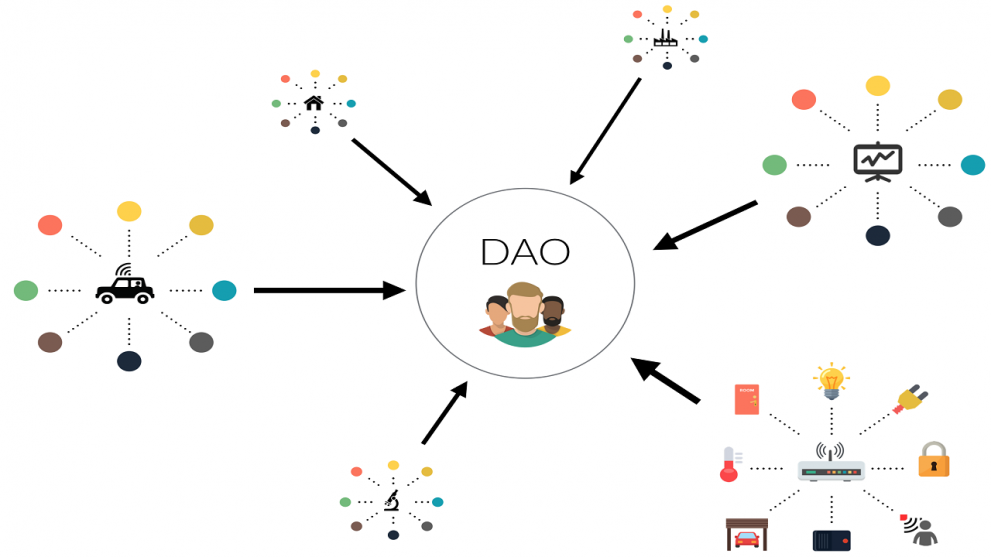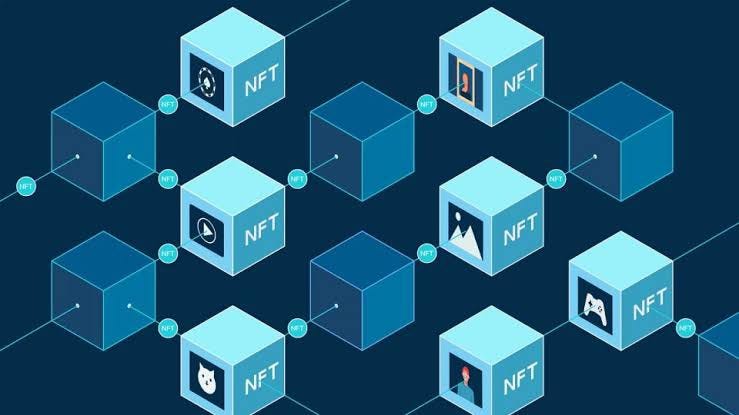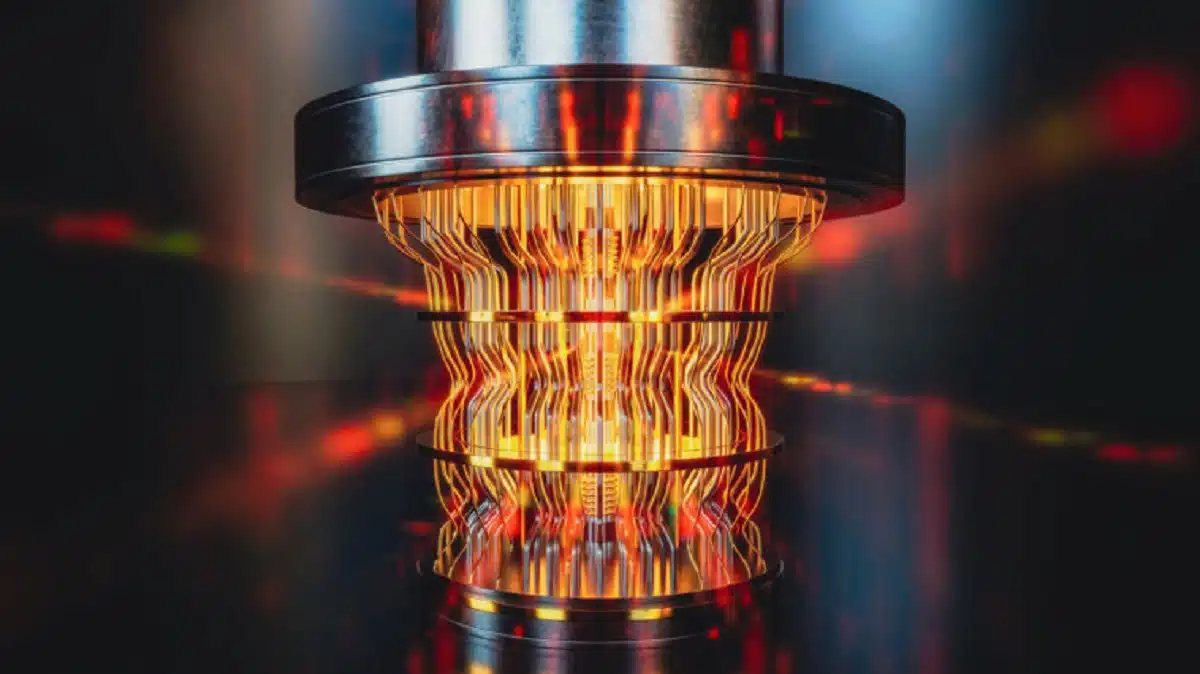justineanweiler.com – Rendering is the backbone of modern digital graphics, transforming raw data into visually compelling scenes and images. Whether in video games, animated movies, or architectural visualizations, rendering technology shapes how we see and interact with digital worlds. Let’s dive into how rendering works, the different types involved, and the technology that makes it possible.
1. What is Rendering?
Rendering is the process of generating an image from a model by means of computer programs. A model is a data structure that contains all necessary details about objects in the scene, including geometry, viewpoint, lighting, texture, and shadows. Rendering algorithms calculate the color and brightness of each pixel, ultimately turning complex data into images or animations that look realistic (or stylized) to the human eye.
2. Key Components in Rendering Technology
Rendering technology combines multiple elements, each playing a crucial role in producing high-quality images:
- Geometry: Defines the shapes of objects, their positions, and proportions. Models can be simple shapes (like cubes or spheres) or complex structures (like 3D scans or CAD designs).
- Textures and Materials: Describe surface details and how objects interact with light, determining whether an object looks rough, shiny, metallic, or soft.
- Lighting: Simulates real-world lighting, which is key to making scenes appear lifelike. Different lights (point lights, directional lights, etc.) help set the mood and realism.
- Shaders: Small programs that compute the color and brightness of pixels, typically run on a computer’s GPU to handle complex calculations quickly.
3. Types of Rendering: Real-Time vs. Offline Rendering
There are two primary types of rendering used in different fields: real-time and offline rendering.
Real-Time Rendering
Used in applications that require immediate feedback, like video games, real-time rendering needs to process each frame quickly to keep up with user input or camera movement. Frames are rendered on-the-fly, typically at speeds of 30 to 120 frames per second (fps) to ensure smooth visuals.
- Rasterization: This is the most common real-time rendering technique. It involves converting 3D models into a 2D image by projecting vertices, computing color for each pixel, and applying lighting and shading. It’s fast but has limitations in realism, especially for complex lighting effects.
- Ray Tracing (Real-Time): Recently, advancements have made real-time ray tracing possible, bringing higher realism to video games. By simulating individual rays of light, real-time ray tracing can generate realistic reflections, refractions, and shadows, although at a high computational cost.
Offline Rendering
Offline rendering is used in scenarios where quality is prioritized over speed, like in movie production or architectural visualization. Because it’s not limited by real-time constraints, it allows for much more complex and realistic lighting and shading effects.
- Ray Tracing: The gold standard for realistic rendering, it works by simulating light rays as they interact with objects, producing incredibly lifelike images. However, it’s slow, with some high-end scenes taking hours or even days to render.
- Path Tracing: An extension of ray tracing, path tracing takes into account indirect lighting (bounced light) and global illumination. This produces softer shadows and richer lighting but requires more computing power.
4. The Role of Hardware: CPUs, GPUs, and Beyond
Rendering heavily relies on hardware, particularly for real-time applications:
- GPUs: Graphics Processing Units are designed to handle the thousands of parallel calculations involved in rendering. Modern GPUs like NVIDIA’s RTX series come equipped with dedicated hardware for ray tracing, improving speed and realism.
- CPUs: Central Processing Units are more flexible but less optimized for parallel tasks. While essential for some calculations, they’re generally slower than GPUs for rendering tasks.
- Cloud and Distributed Rendering: Large-scale rendering projects often use distributed systems, allowing multiple computers to work on rendering tasks simultaneously. Cloud rendering services provide on-demand GPU power, scaling up for large scenes and animations.
5. Rendering Software and Engines
Rendering software translates the technical aspects into visually stunning images. Different rendering engines are tailored for specific tasks:
- Unreal Engine and Unity: Popular in game development, both engines support real-time rendering with options for ray tracing, making it easier to create immersive environments.
- Blender, Maya, and 3ds Max: Widely used in animation and VFX, these software packages support both real-time and offline rendering for movies, TV, and advertisements.
- Arnold and V-Ray: Known for offline rendering, these engines specialize in ray tracing and path tracing for high-quality visual effects.
6. Advances in Rendering: AI and Machine Learning
Recent developments in artificial intelligence are enhancing rendering quality and efficiency:
- Denoising: Ray tracing produces noisy images, especially in early stages. AI denoisers like NVIDIA’s OptiX analyze these images and remove noise, speeding up rendering times.
- Upscaling: AI-powered upscaling, like NVIDIA’s DLSS (Deep Learning Super Sampling), renders images at lower resolutions and scales them up, reducing the processing load without sacrificing image quality.
- Neural Rendering: In this emerging area, neural networks create photorealistic images based on minimal inputs. This can dramatically speed up the creation of complex scenes, even generating objects and textures dynamically.
7. The Future of Rendering
Rendering technology continues to evolve rapidly. Ray tracing will become more accessible, creating more realistic real-time visuals. Additionally, neural rendering and AI integration will likely redefine how we produce graphics, allowing for even greater realism and detail.
Conclusion
Rendering technology is an impressive fusion of art and science, enabling creators to bring their visions to life. As computing power and software evolve, the possibilities for immersive and realistic digital worlds continue to expand. From real-time gaming to high-quality v














Leave a Reply